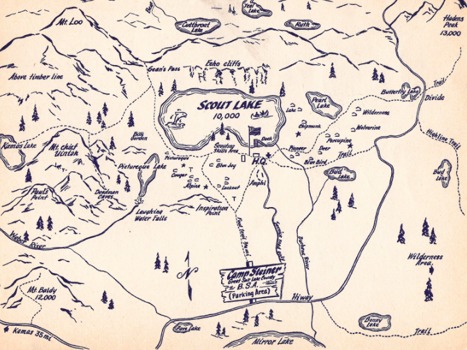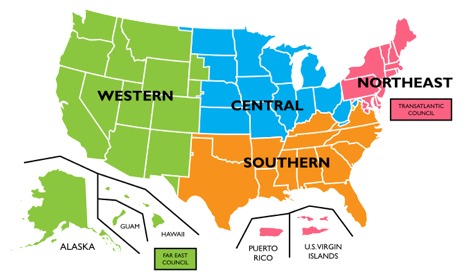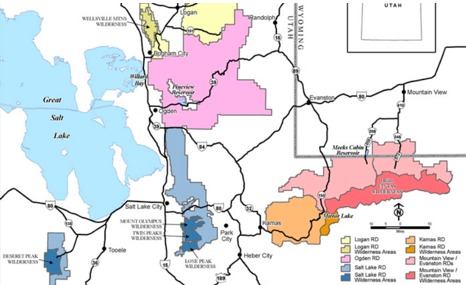Camp Steiner: The Holy Grail of Scouting

Located an hour-and-a-half drive east from Salt Lake City—10,400 feet (3200 m) above sea level in Utah’s Uinta Mountains—is Camp Steiner, oftentimes referred to as as the Holy Grail of Scouting. At Steiner, “hundreds of boys have earned thousands of merit badges since it opened in 1930.” Before its transformation into a Boy Scout camp, the mountains around Steiner were mined for gold in the late nineteenth century by one of the wealthiest families of the early LDS church.
At Camp Steiner, the highest-elevation Boy Scout camp in the United States, “hundreds of boys have earned thousands of merit badges” since its opening in 1930. Many of the camp’s activities are held at Scout Lake, where boys can sail small boats, fish for trout, and swim the polar bear plunge. According to the Great Salt Lake Council, successfully swimming one mile in the lake is a feat that only ten to twenty individuals achieve each year. While there are dozens of merit badges offered at this camp, the most popular ones include first aid, rifle shooting, orienteering, archery, and climbing. Steiner’s 22 camp sites can host 200 scouts and leaders at a time, and although the season is short because the snow does not melt in the high altitude until July, the camp usually hosts more than 50,000 boys by the end of August.
The camp was named after George A. Steiner, manager of Salt Lake City’s American Linen Supply Company, who donated $25,000 (almost $375,000 when adjusted for inflation) to the U.S. Forest Service to convert the site into a Boy Scout camp. One of the earliest troops to camp at Steiner in the summer of 1930 was Troop 58, which consisted of nearly 150 scouts. The adults’ Model-A Fords could not climb the winding mountain road that led to Mirror Lake, so the scouts pushed the cars on the steepest stretches of road, then hiked three miles from Mirror Lake to the camp. For decades, scouts have enjoyed the scenery and natural isolation that only a camp at such a high elevation can offer. However, camping in such elevated mountains is not without its risks. In 2005, for instance, a fifteen-year-old scout was killed and three others injured as they slept in a log shelter and lightning struck during a thunderstorm.
Camp Steiner is connected to the Rhoades family, whose gold mines made them some of the wealthiest members of the Church of Jesus Christ of Latter-day Saints in the 1850s. Thomas Rhoades, who worked in Sacramento for John Sutter (the prospector who sparked California’s 1849 gold rush), eventually settled in the Salt Lake Valley. In 1852, Brigham Young asked Rhoades to mine hidden gold known to the Ute Indian tribe. Rhoades, who learned to speak Ute fluently, made multiple trips to secret mines in the Uinta mountains and would consistently return with “saddlebags full of pure gold ore.” The location of the mines died with his grandson, Caleb Rhoades, but his grandson’s journals refer to a mine near a “heart-shaped lake surrounded by castles.” Camp staffers believe the heart-shaped lake is actually Scout Lake, formerly known as Heart Lake, and that the “castles” refer to nearby mountain peaks. While no one has been fortunate enough to find the Rhoades family’s Lost Gold Mine, most, if not all, have enjoyed the real treasure—the camp itself—the Holy Grail of scouting.
Images


